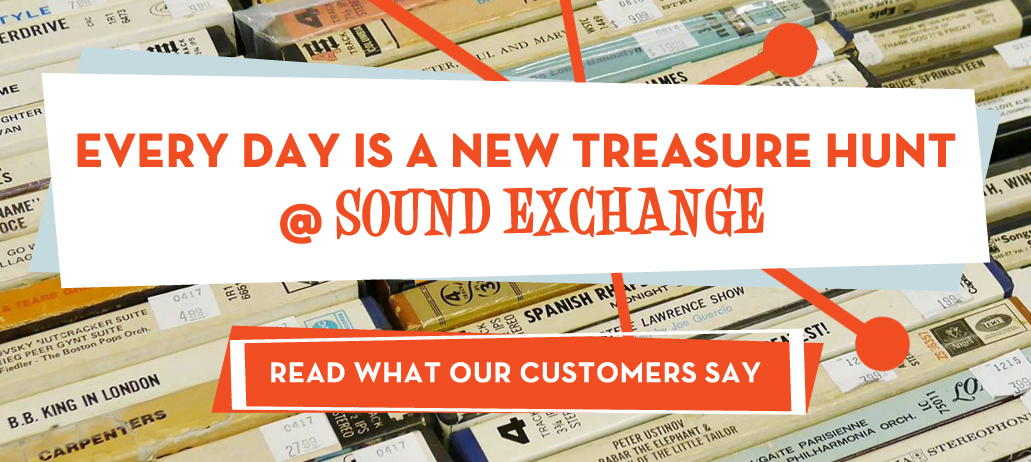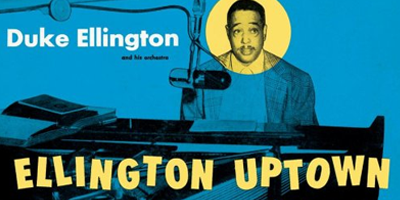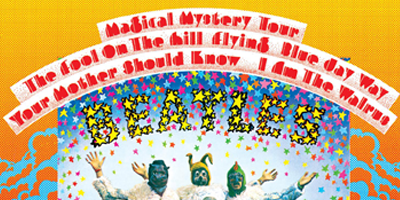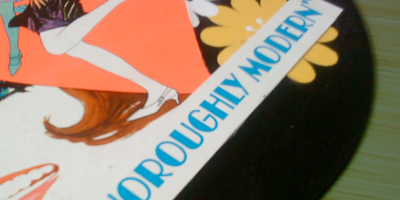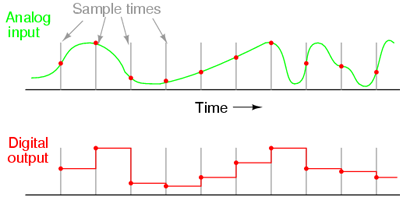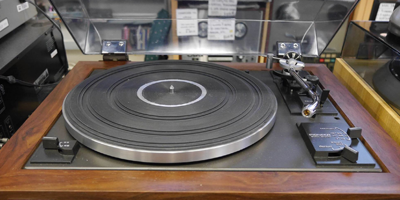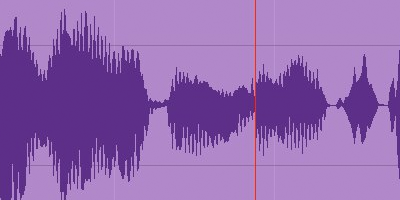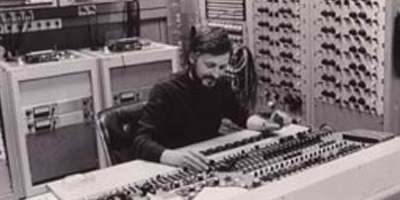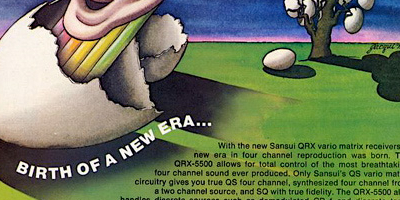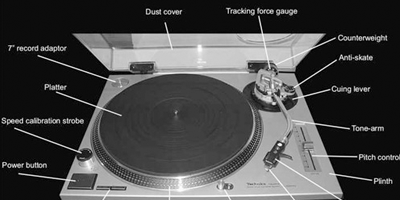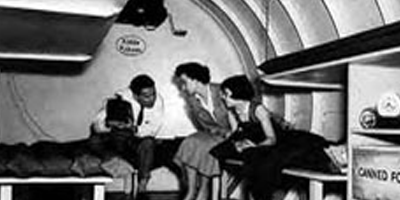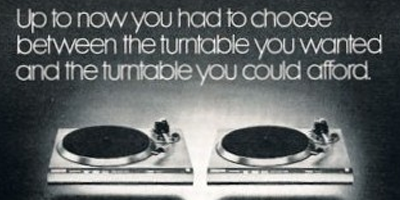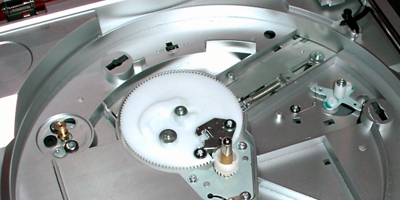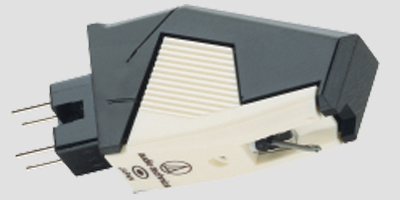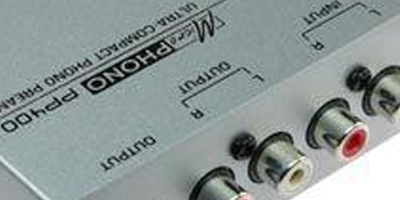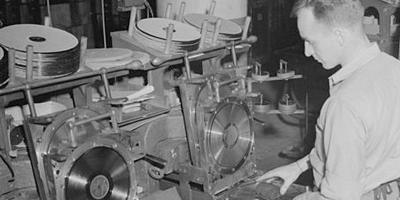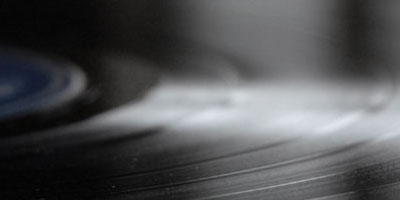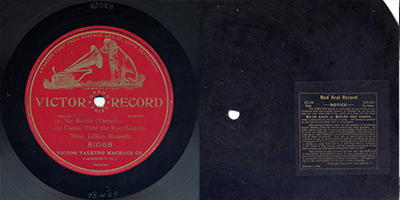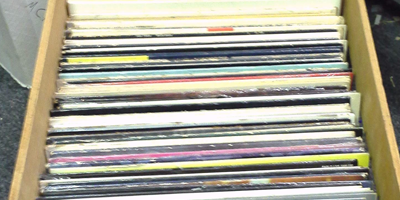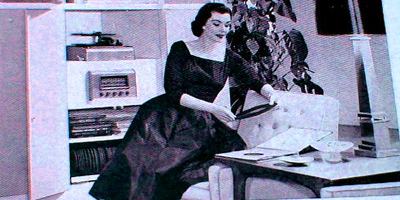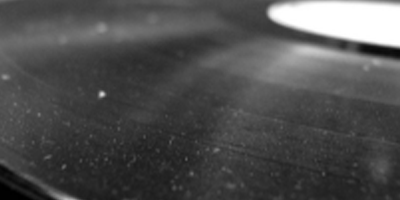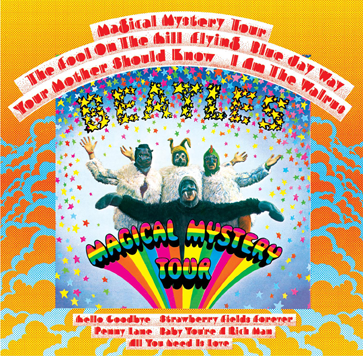
The modern long play, micro-groove record brought to the market had a tremendous impact on artistic creativity.
Artists were now free to create music that could last 20 minutes or longer, rather than just fill out a three-minute single. And although classical music was never limited by time, virtually all “popular” music had to fit into four minutes or less to be commercially sale-able.
Jazz artists thrived in this new freedom almost immediately, with extended improvisations. The rock n’ roll artists finally recognized the market for wider creativity in the mid-to-late 1960s.
It is safe to say that this increased creativity had a tremendous effect on the Classic Vinyl Listening Experience as many have come to enjoy it.
 Sign Up For Our Newsletter
Sign Up For Our Newsletter


